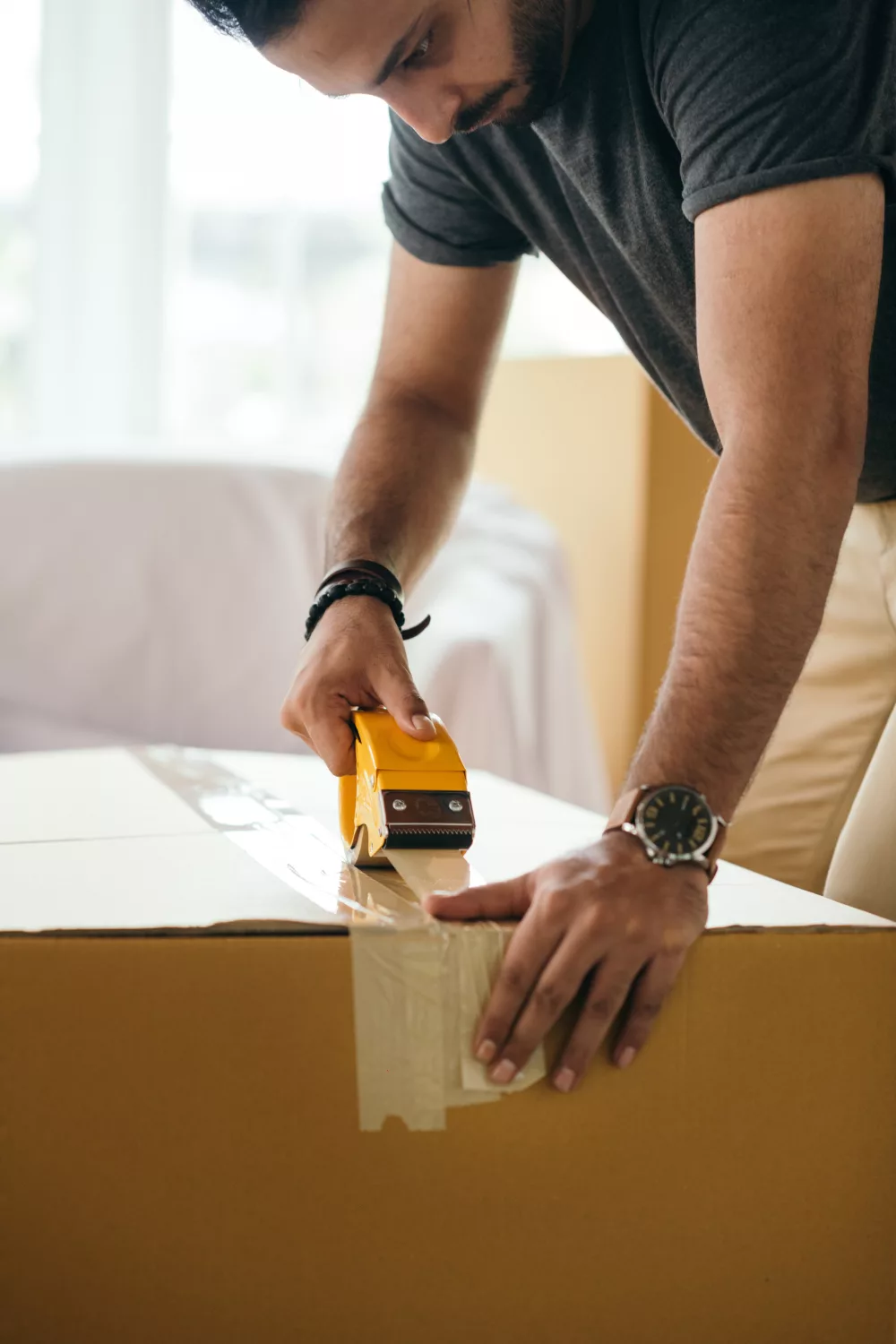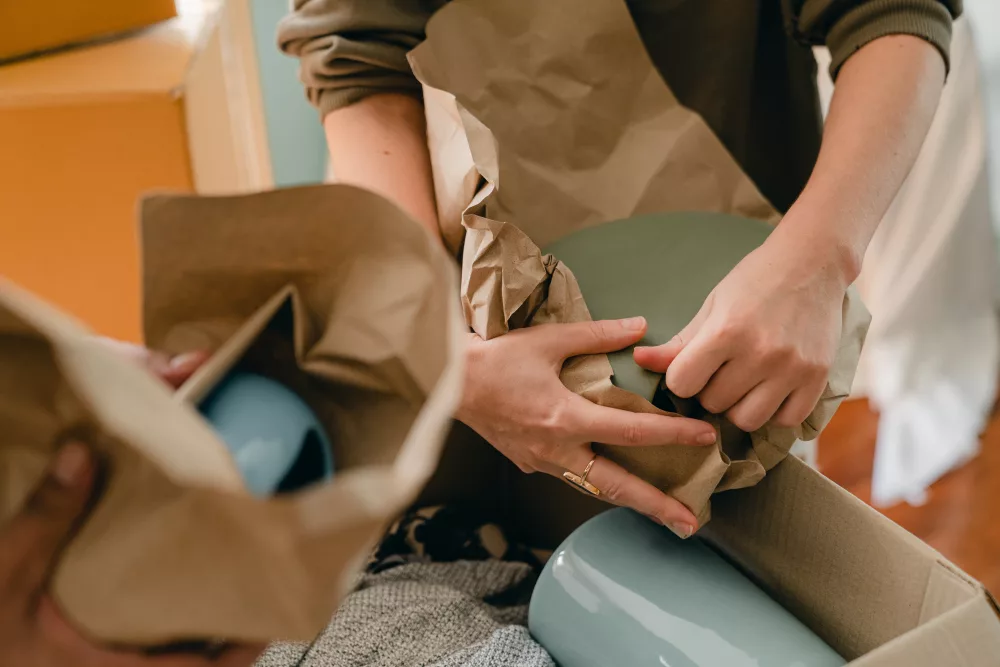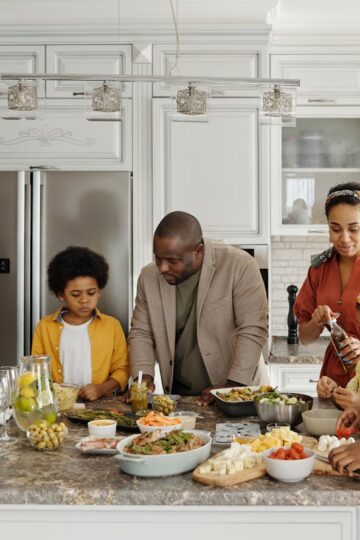The process of relocating to a new home calls for specialized knowledge and abilities. Packing dishes and other fragile things is an indispensable stage of any apartment or office move. Packing items is essential to protect against chips, cracks, and other damage during shipping, and local movers Daly City https://got2move.com/local/san-francisco-bay-area/daly-city/ can help you with this.

Important Tips on How to Pack Glasses and Dishes for Moving
What Packing Tools and Materials to use
When relocating, packing the dishes is done in phases. First of all, you need to prepare a special container:
- wooden boxes;
- carton boxes;
- soft bubble wrap, packing paper, newspapers can be used;
- rags, synthetic winterizer, foam rubber and other soft insulating materials;
- thick cardboard, hard paper, foam rubber, sawdust and additional packing to fill voids;
- wide construction tape.
Remember to use the marking. It will make loading and distributing goods onto the rear of a truck easier because you may use it to highlight the contents. When packing antiques, glassware, and other delicate items, you should also cover them in a soft towel or blanket. Put them inside wooden containers with solid walls.
They shield against collisions, making it less likely that the contents will be damaged in transit. Bags can be used to contain metallic items. Make careful you bind the bottom of the box numerous times using tape to prevent it from opening up during transit. A cardboard sheet can be inserted inside the box to stiffen the bottom. And to soften the bottom, you can put a cloth or towels in several layers.

Instructions for How to Pack Glasses and Dishes for Moving
To ensure that the process of transporting dishes is not problematic, you should carefully prepare following the instructions and also seek the help of professional San Jose long distance movers https://got2move.com/long-distance/los-angeles-to-san-jose/. In order for the transportation of dishes to pass without loss, follow these steps:
- Securely Tape the Box. Use packing tape to secure the bottom of each carton you plan to use to transport your utensils. Do this even if you are using new boxes. This does not mean that without such a precaution the box will definitely break loose, but it is better not to risk it and spend a couple of minutes strengthening the cardboard.
- Pad the box. Roll up a few sheets of newspaper and place them at the bottom of each crate to create a buffer that will absorb shock and vibration during shipping.
- Start with the plates. All plates, before folding into containers, must be wrapped with cloth, special film or packing paper. In addition, each item should be wrapped separately. It is important that there are no open areas left. Thus, chipping will be less likely.
- Add plates to the box vertically. All wrapped products should be stacked closely and with little space between them. Finally, if you're going to stack the dishes in multiple rows, arrange the plates vertically and place several layers of additional packing or towels between them for added insulation and protection.
- Wrap up the bowls. Bowls, just like plates, must be wrapped in bubble wrap. It is advised to pack each one separately and cover any empty spaces with rags or soft paper.
- Glasses Are Last. Take a glass or cup and place it in the very center of the stack of wrapping paper. Take two sheets from one corner and secure them inside the dish, then do the same with the other corner. Finally, pull the opposite two corners of the paper over the utensil to fully pack it.
- Close up the box. When everything is folded, close the moving boxes without pressing the dishes inside. Use tape to seal it.
Don't forget to label the crockery. Firstly, it is necessary that the loaders handle it with particular care, and secondly, in order to immediately take this box to the kitchen at a new place of residence. And be sure to mark where this box has the bottom and where the top is because in the case of fragile items, this is very important.





Leave a Reply